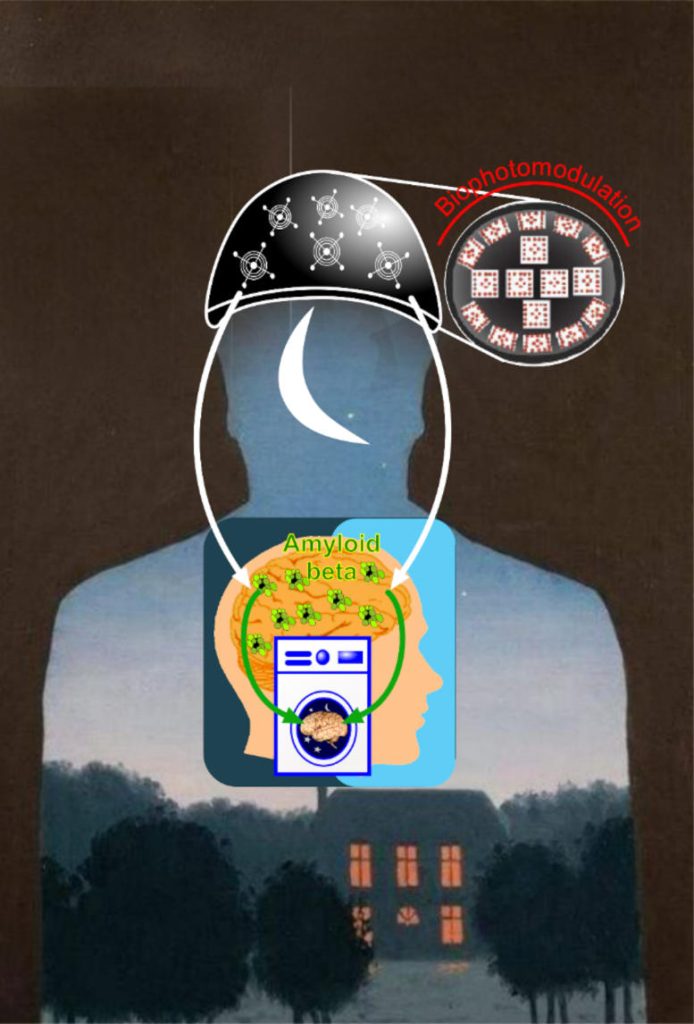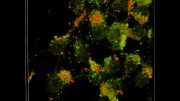
Sleep plays a key role in brain health by activating the lymphatic system to remove toxins, which is vital in preventing Alzheimer’s disease. A new study shows that sleep photobiomodulation technology significantly enhances this cleansing process, offering a promising approach in Alzheimer’s treatment.
It is well known that sleep is the best medication, yet the reasons why the brain recovers more efficiently during sleep remain a mystery. Recent research has uncovered that the brain’s lymphatic system is activated during sleep, playing a crucial role in eliminating metabolites, toxins, and other unnecessary substances from brain tissue.
Sleep disturbance contributes to the deposition of metabolites in the central nervous system (CNS). For example, sleep is a biomarker for the development of Alzheimer’s disease. This is due to the fact that the toxic metabolite beta-amyloid is excreted from brain tissue during sleep.
Sleep deprivation leads to the accumulation of toxins in the CNS, which over time can lead to the development of Alzheimer’s disease.

Photobiomodulation of brain cleansing of beta-amyloid during sleep. Credit: Semyachkina-Glushkovskaya Oxana, Shirokov Alexander, Blokhina Inna, Fedosov Ivan, Terskov Andrey, Dubrovsky Alexander, Tsoy Maria, Elovenko Daria, Adushkina Viktoria, Evsukova Arina, Telnova Valeria, Tzven Anna, Krupnova Valeria, Manzhaeva Maria, Dmitrenko Alexander, Penzel Thomas, Kurths Jürgen
Innovations in Alzheimer’s Research
In this pilot study, the researchers have shown that non-invasive sleep photobiomodulation technology can effectively increase lymphatic excretion of beta-amyloid from the brain tissues of mice with Alzheimer’s disease.
At the same time, photobiomodulation in sleep has more significant therapeutic effects than in wakefulness. Photobiomodulation during sleep turns the brain into a washing machine, helping to cleanse its tissues of toxic beta-amyloid and increase resistance to the progression of Alzheimer’s disease.
Reference: “Mechanisms of phototherapy of Alzheimer’s disease during sleep and wakefulness: the role of the meningeal lymphatics” by Semyachkina-Glushkovskaya Oxana, Shirokov Alexander, Blokhina Inna, Fedosov Ivan, Terskov Andrey, Dubrovsky Alexander, Tsoy Maria, Elovenko Daria, Adushkina Viktoria, Evsukova Arina, Telnova Valeria, Tzven Anna, Krupnova Valeria, Manzhaeva Maria, Dmitrenko Alexander, Penzel Thomas and Kurths Jürgen, 18 September 2023, Frontiers of Optoelectronics.
DOI: 10.1007/s12200-023-00080-5
The study was funded by the Research center “Symbiosis” and immunochemistry laboratory, the Russian Science Foundation, and the Russian Ministry of Science and High Education.









Did I miss something? What is photobiomodulation?